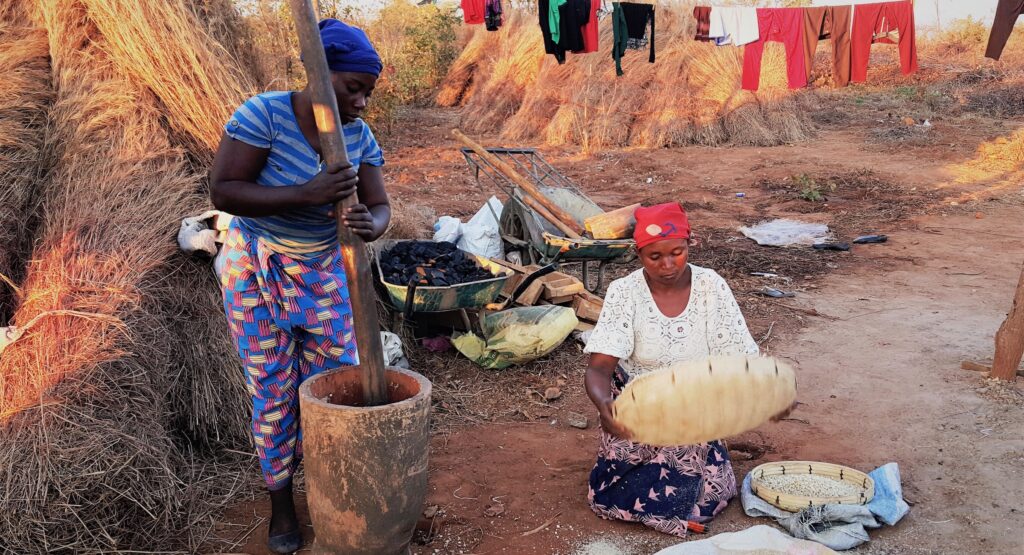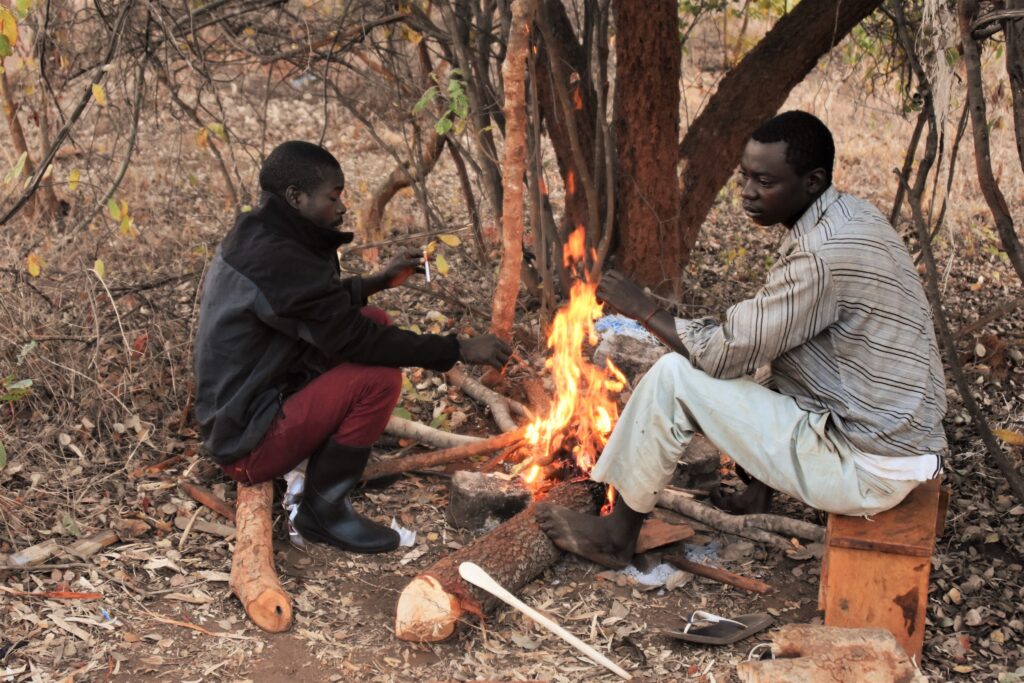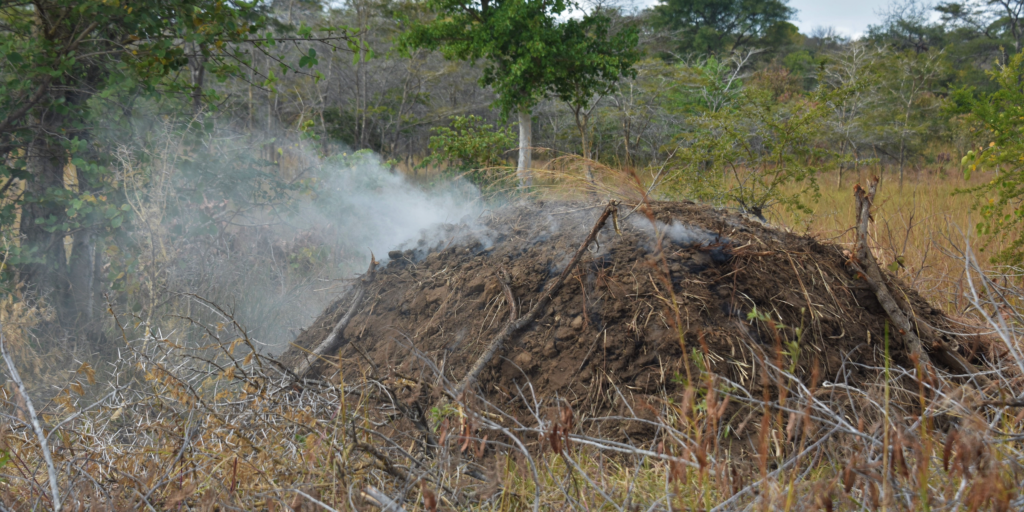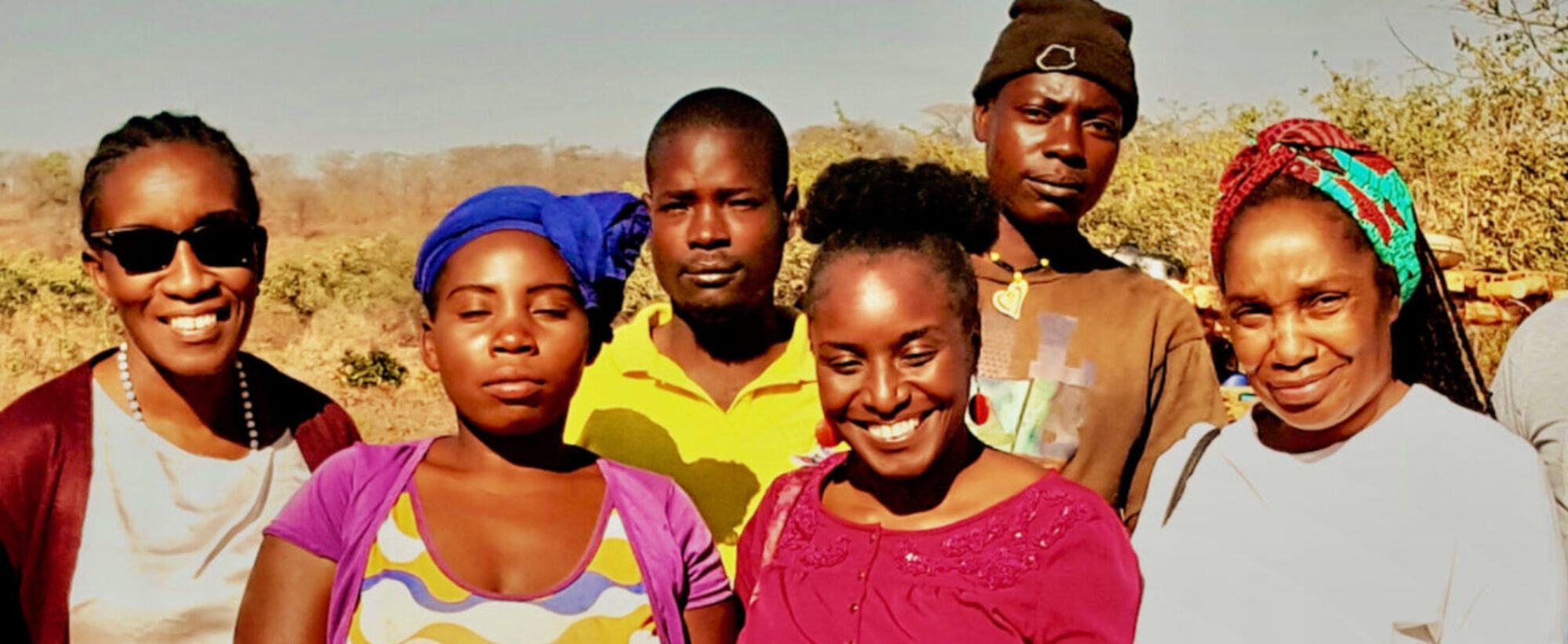About Firewood, Gas, Solar, Electricity in the Sustainable Model Village
Every one of the 6 huts will have small mphungu kitchen structure at the front. The sustainable model will using sources of energy that won’t lead to the eventual destruction of the Zambian’s environment. The urban poor use charcoal. A goal would be to use solar energy but that is not affordable at this time.

The main house will use a gas stove in the inside kitchen. The outside back kitchen will use firewood from the dead wood in the Savannah wilderness. Paraffin or kerosene and charcoal will be used as backups. The workers will likely used firewood as we will have plenty of supply. If the population of Mwizenge Model Village remains low and stable, we will be able to use the available wood for a while.

I will work hard to find affordable sources of solar energy. Meanwhile the ZESCO electricity grid is about 5 miles down the road toward Chongwe. I am not sure that village residents will ever afford electricity.


